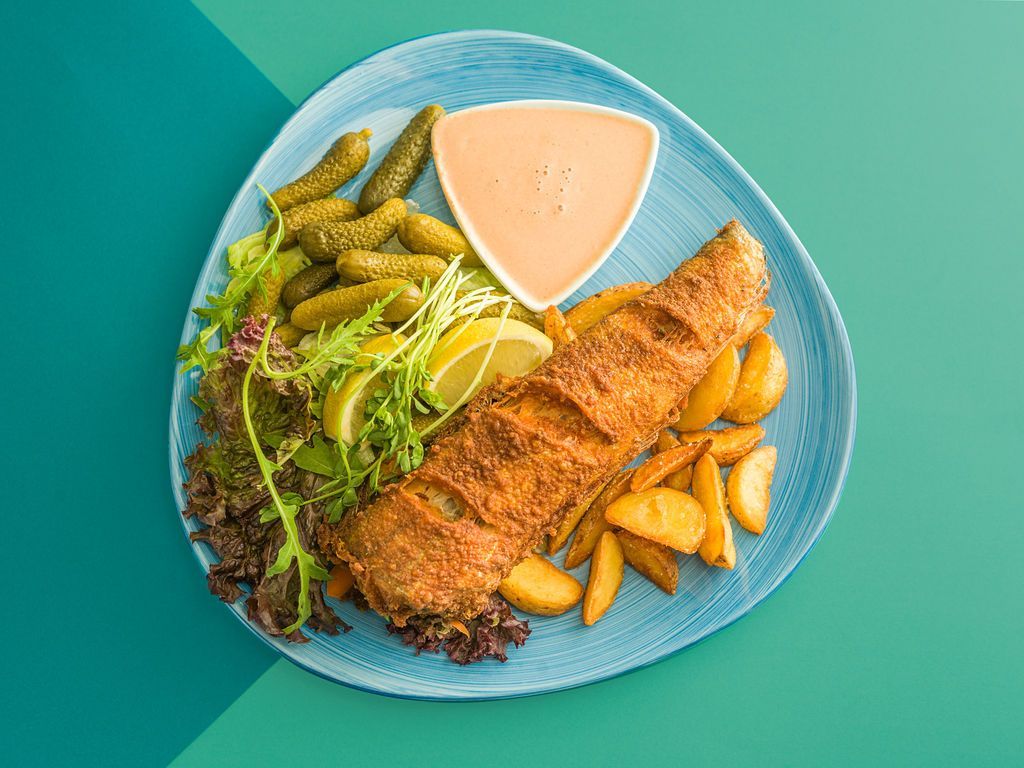A part of the summer spirit is to eat hake on the shore of Lake Balaton, carefully scored beforehand, then rolled in spicy, paprika-flavored flour and fried in hot oil. But there’s much more to Hungarian cuisine than that—check out the fish dishes at the Canteen’s counter!
The world of fish dishes is decadent. Hungary is rich in freshwater, and our fish stocks are very diverse, yet somehow consumption has so far lagged far behind the rest of Europe. It is mainly fisherman’s soup and hake that people sometimes eat, but also catfish paprikash and fish sticks have become popular. For some reason, there is a lack of confidence in fish dishes, partly because of the quality of the meat—there is a widespread misconception that fish tastes like a puddle, is full of fish bones, is unpleasant to eat, and is too much trouble to cook, even though it is healthy. Although there are many hobby or professional fishermen, this culture is only half developed.
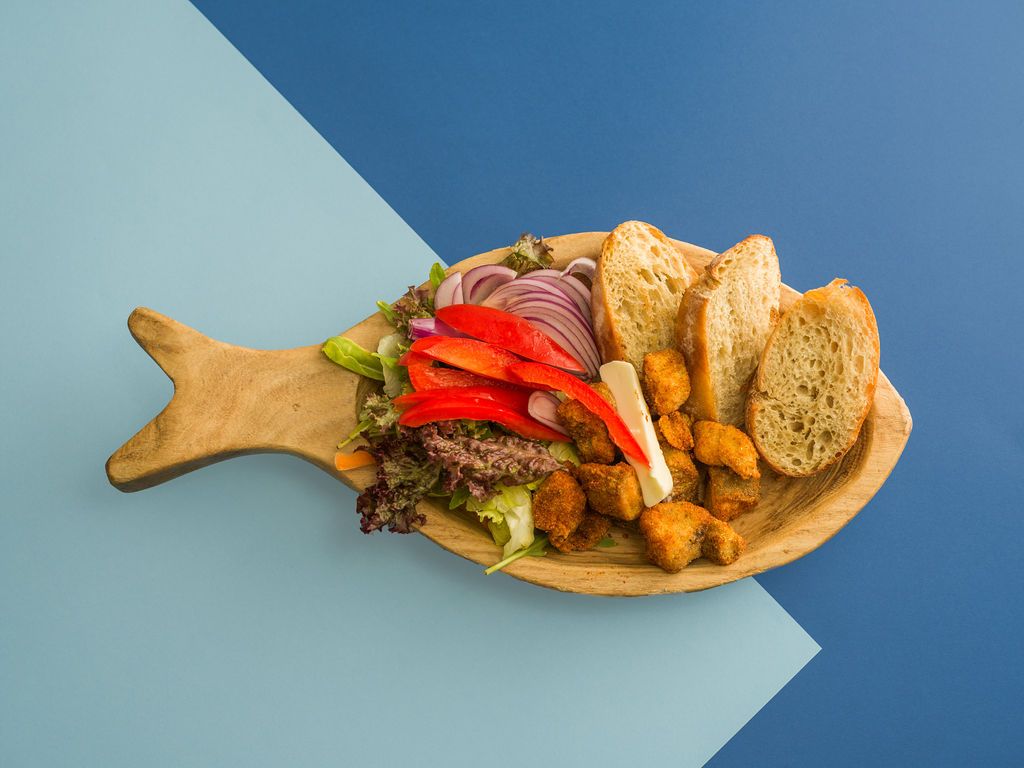
This approach has also shaped the offer: let’s start with the hake. In the 1960s and 1970s, the bream stocks in Lake Balaton began to decline and good quality fish were exported, so something was needed to satisfy demand. The Halértékesítő Vállalat (Fish Selling Company—the Transl.), or HALÉRT, was responsible for domestic trade, while TERIMPEX was in charge of foreign trade: the latter’s idea was to find a cheap alternative, frozen in large quantities, from abroad—and the government chose hake, or sea pike. Easy to prepare, with not too many fish bones, and lacking the typical taste of carp, it slowly took over the leading role on the shores of our Hungarian sea. Either rolled in flour, breadcrumbs, or beer batter, all you needed was a fryer and it was ready to be served on a tray with bread and pickled cucumber. A summer beach-goer couldn’t have asked for more (apart from lángos and corn on the cob). There was perch, of course (or the larger zander), but it was a rarer, more expensive treat, or, for example, carp, which was imported from China, but was only popular occasionally.
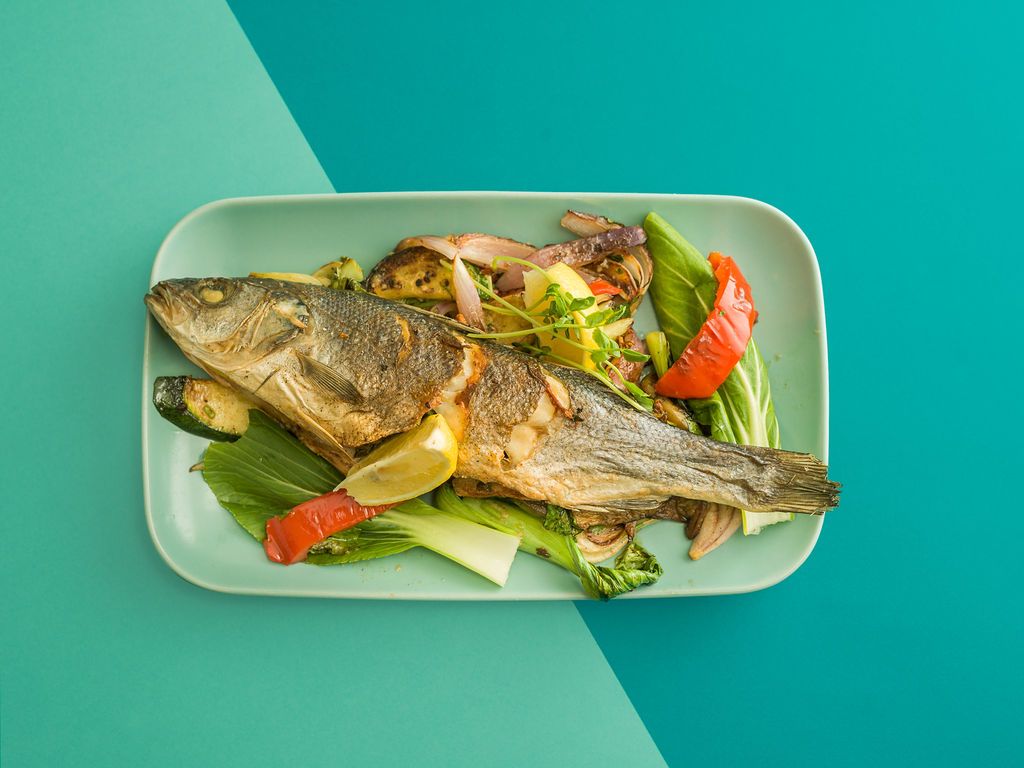
But after beach time, what could we order from the steamy canteen counters? Not a whole lot of fish dishes, but there were a few favorites, such as catfish paprikash with cottage cheese pasta, or fisherman’s soup, especially in the summer or at Christmas. The paprika stock was able to cover up any shortcomings in quality, so the general consensus for these dishes was that the homemade (or perhaps the stewpot-over-open-fire version) was the best. At the turn of the 20th and 21st centuries, the raw material changed somewhat: what used to be hake is now African catfish and pangasius, mainly because they are very hardy and easy to grow, which is precisely their disadvantage, as they have started to outcompete the native species in many places. They are now the main ingredient in canteen meals, which is not a bad thing, but it does not help sustainability efforts.
In the meantime, the food industry has gained more ground alongside home recipes. As the quick-freezing process spread, a new product appeared: the popularity of the frozen fish finger has not waned, and legend has it that it originated with the Eskimos, who used to put freshly caught fish between ice floes to preserve its quality. It was developed by Clarence Birdseye in the 1950s but only reached us in the 1990s. It’s ready to eat in seconds and has a neutral flavor, so it’s no surprise that it became popular. It’s the best if it’s based on lean meat, but make no mistake, there are also medium-quality versions on offer.

Even if slowly, there is a transformation, among other things because we are beginning to realize that eating fish meat is very healthy. It is high in protein, easily digestible, rich in unsaturated fatty acids, Omega-3, and, above all, versatile. In recent years, trout and sturgeon have also come into the spotlight, to the extent that more and more restaurants are now committed to using them, such as the now sadly closed Halkakas, the Arany Kaviár Restaurant, or even Iszkor or TATI Budapest. Of course, it’s fine to continue your exploration with salmon or even seafood, but sometimes it’s good to go back to your roots.
The food for this article was provided by Shrimpy Food Bar.
Photos: László Sebestyén
Sources: Ma-hal, Magyar Narancs, Szupermenta, Index
Previous episodes of the series:
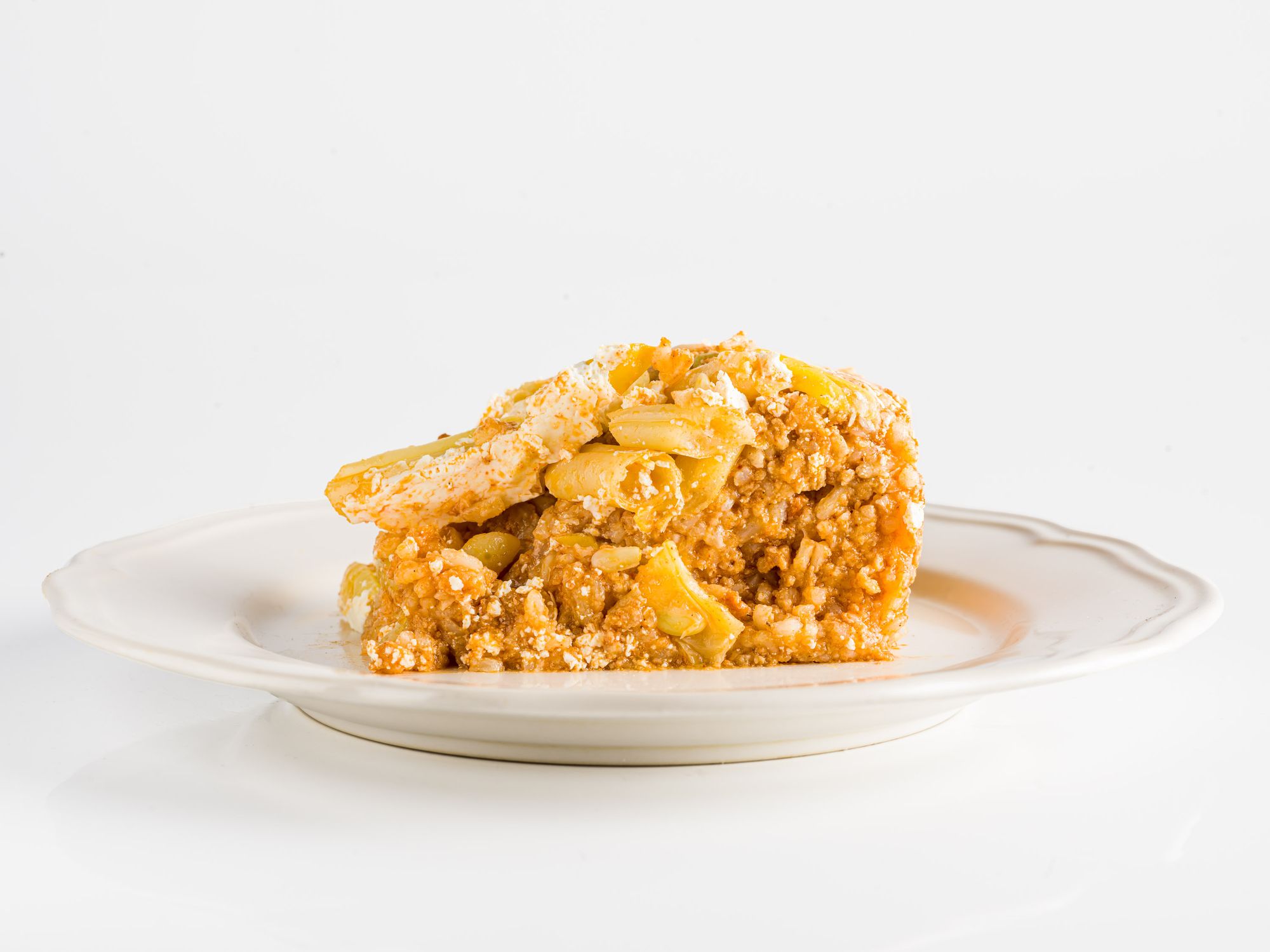
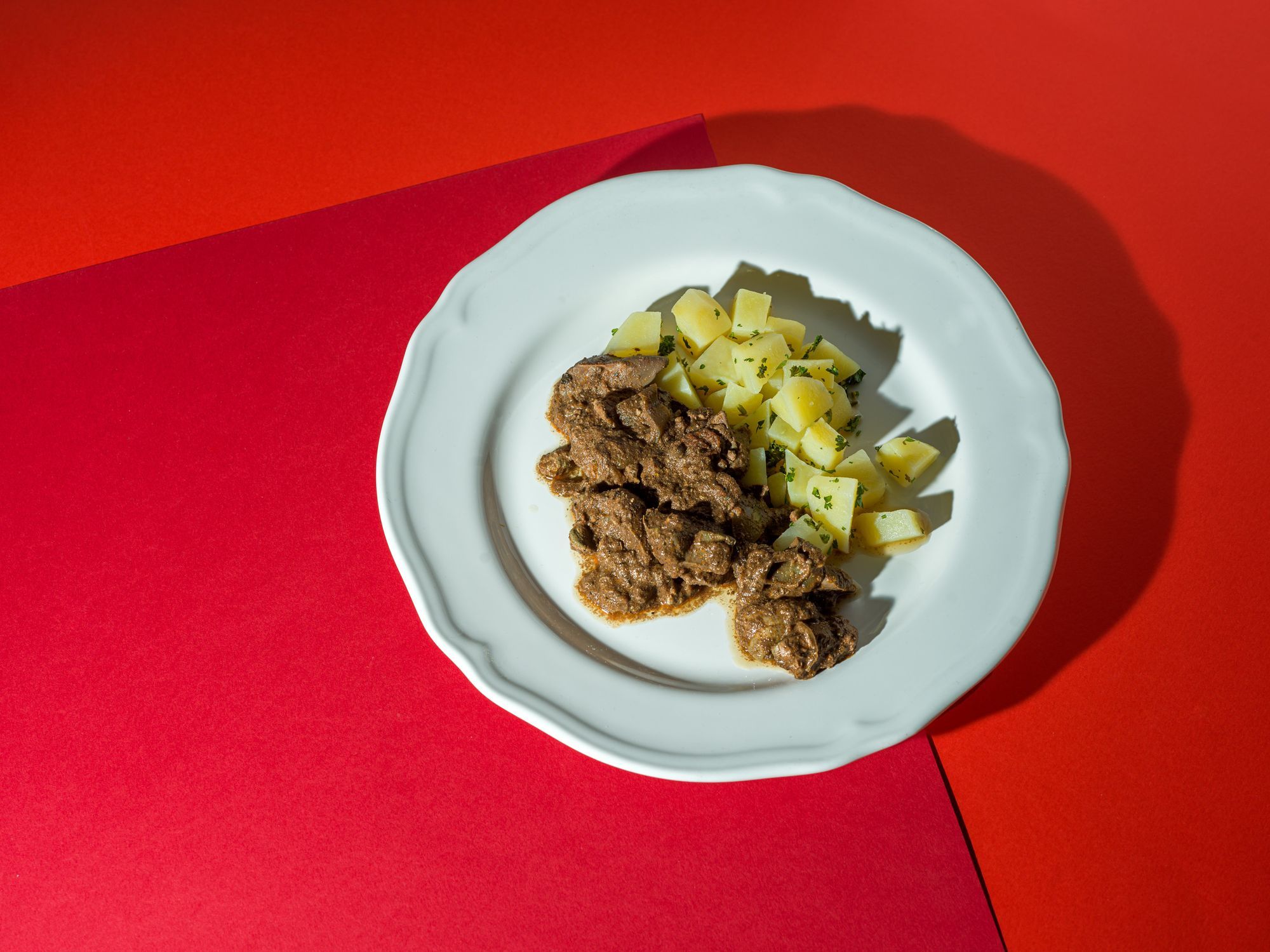


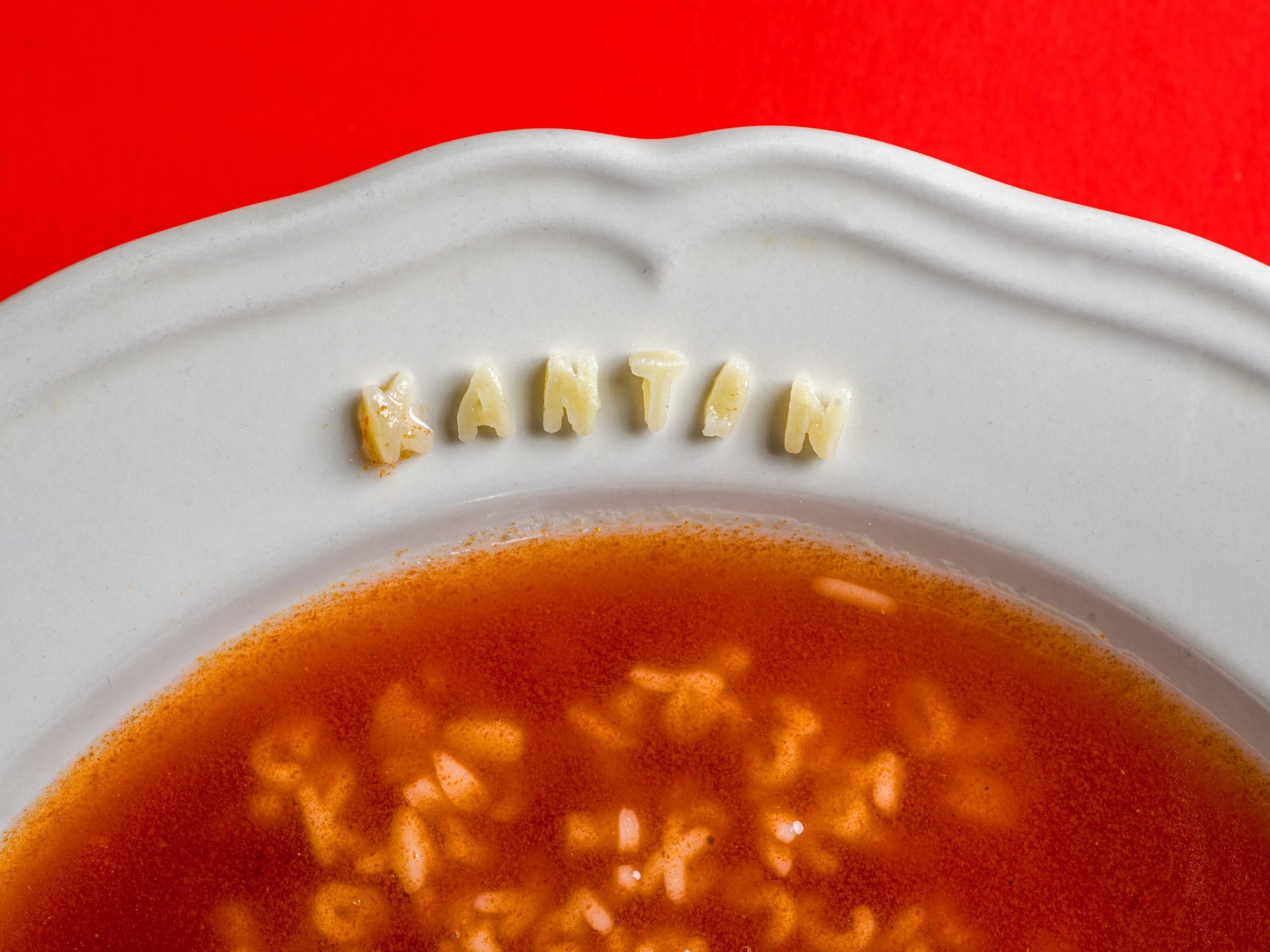


The chair as a bridge between person and space: Hevesi Annabella and the Peach seating furniture

The collaboration we didn’t know how much we needed: ZC “Bolesławiec” x Reserved










